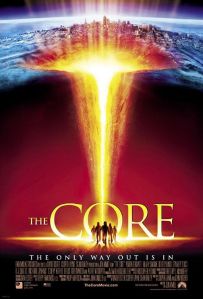Is region’s avian diversity at risk?
By Scott LaFee, Union-Tribune Staff Writer
Monday, April 26, 2010
Last year, for example, San Diego placed second among Pacific coast counties with 260 bird species observed during the three-day competition period, trailing only Los Angeles County with 264 sighted species. The city of San Diego, meanwhile, was listed as the second birdiest coastal metropolis with 198 species, behind only Corpus Christi, Texas, with 217 species. Top three finishes for the county and city are routine.
Of course, winning the title of “birdiest” involves a bit of luck and a lot of field observers, but this region has long enjoyed remarkable and indisputable avian diversity. More than 500 bird species have been sighted and recorded here: natives, migrants and exotics. It’s said no county in the continental United States is home — or at least stopping place — to more kinds of birds.
But that is changing — and mostly for the worse.






 South America’s only bear species struggles to avoid extinction
South America’s only bear species struggles to avoid extinction
 Scientific accuracy in movies? It’s neither universal nor paramount
Scientific accuracy in movies? It’s neither universal nor paramount